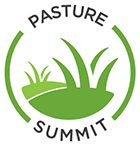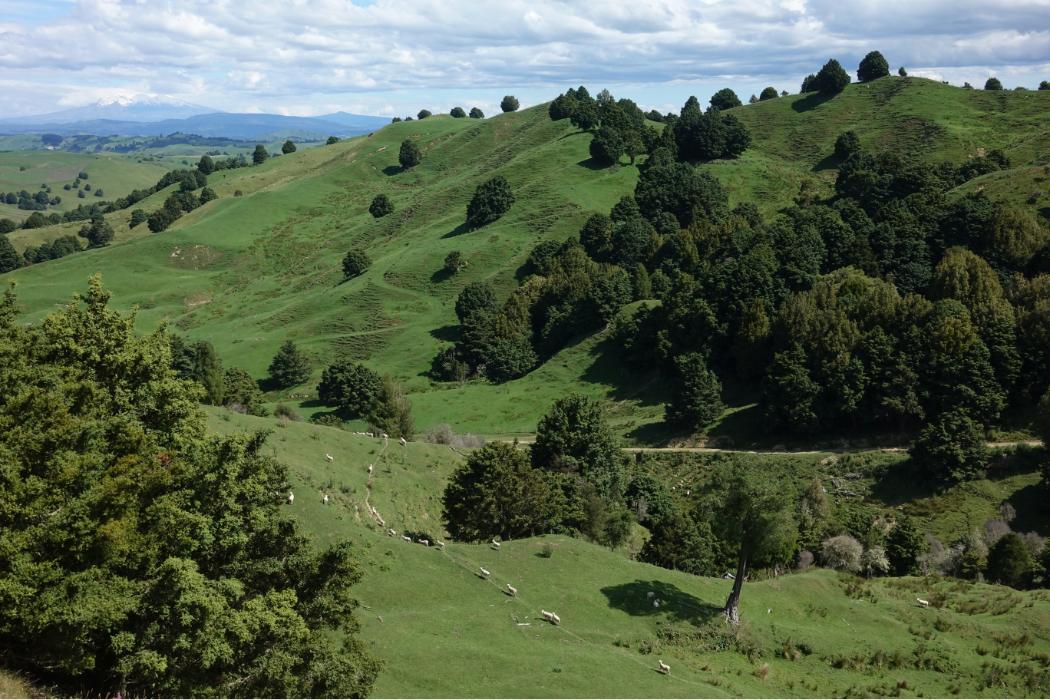Anne Lee
 Having a clear purpose and sticking to simple key principles when it comes to the farm system and investment have been fundamental to Leonie and Kieran Guiney’s farming success and equity growth.
Having a clear purpose and sticking to simple key principles when it comes to the farm system and investment have been fundamental to Leonie and Kieran Guiney’s farming success and equity growth.
Guiney spoke at the Pasture Summit held in Hamilton and Ashburton in November and described the principles that had taken the couple from having $180,000 equity in 2002 to where they now own six farms – four dairy farms and two support blocks.
First step – write down the why. Having clarity of purpose motivates.
Then set the farm system to deliver by targeting the right thing – profit.
“If you target production, you’ll get it but you will also end up having to design a system to support the cow that delivers that production – one that’s not going to get in calf easily and require a lot of feed.”
‘When you know the repeatable capability of your system it’s then very easy to evaluate an investment.’
Profit will be a by-product and be erratic depending on milk price.
“You’ll be one of the people who added $1.50/kg milksolids (MS) to debt during low milk price periods.”
Target profit and a system that doesn’t require you to suck the money you generate back into the farm operation as capital reinvestment.
“We target a system that delivers 23% free cash as a percentage of turnover. We can’t control milk price but if we focus on that percentage we’re focusing on generating cash we can use to grow our business.”
Instead of looking for a cow that can do the production you will go looking for a system to deliver profit.
In New Zealand that’s a system that matches feed demand with supply – home-grown pasture production.
Cow numbers are set to match pasture supply through the late spring and summer.
There will be a feed deficit through spring and autumn.
Deal with that, not by importing feed, but by moving it.
Take the pasture cover into the winter that you’ll need to feed cows through the spring on all grass.
Use the spring rotation planner to manage feed allocation through the spring up to the point where feed supply catches up to feed demand.
To deal with the autumn deficit lengthen the grazing round to push feed ahead and reduce demand by drying cows off as they lose condition or use early culling if required.
The other rules are to know what a 1500kg drymatter (DM)/ha residual looks like and all cows must be body condition score (BCS) 5 at calving.
Cost of production is low – at about $3.40/kg MS for the Guineys – and it’s consistent.
If you assume milk price and stock sales are $6/kg MS the return is $2.60/kg MS.
“When you know the repeatable capability of your system it’s then very easy to evaluate an investment.”
All the Guineys’ investment decisions are based on the fact return on capital must be a minimum of 4% above the interest rate.
Return on capital is the return (so your profit or earnings before interest and tax (EBIT)) divided by the value of the capital you have tied up to produce the EBIT.
The amount of capital tied up is important.
The smaller the amount of capital tied up and the greater the EBIT the greater your return on capital.
Returns are used to fund growth and pay down debt – therefore building equity.
The simple, repeatable, profitable nature of their system means others can run those businesses which in turn gives them the freedom they set out to achieve.
Key points
- Clarity of purpose has driven all our progress.
- Targeting return on equity with discipline has delivered compound growth.
- A simple, repeatable system gives us the cash and freedom.
- Having fun is part of the journey.




